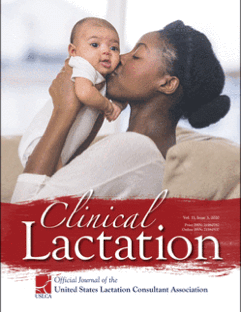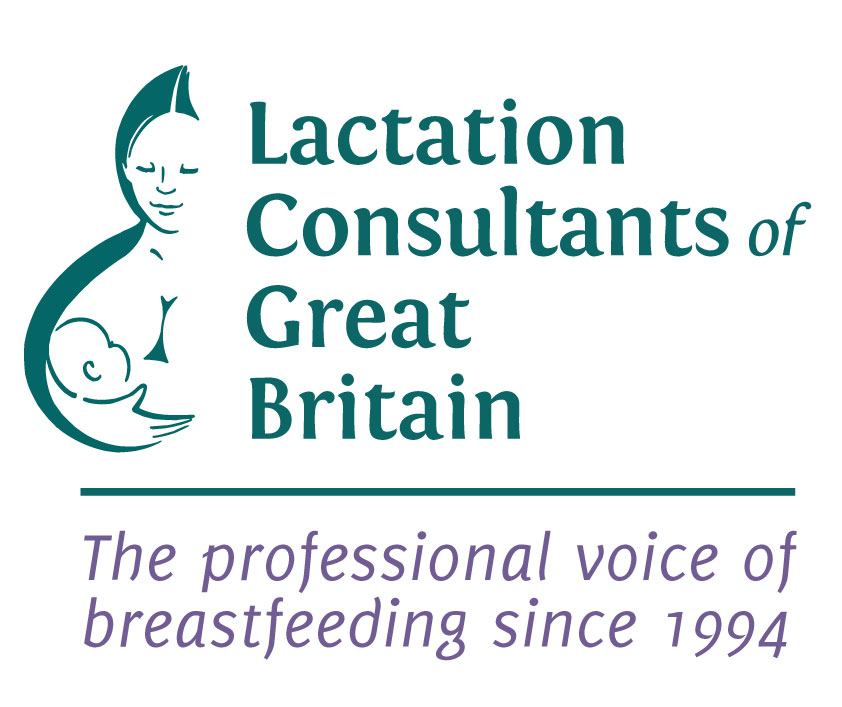Kendall-Tackett, Kathleen, PhD, IBCLC, RLC, FAPA

Many IBCLC’s will have been asked about the safety of cannabis use while breastfeeding. Research thus far does not provide clarity, so how do we best advise women?
What does the research tell us?
- Cannabis use does affect breastfeeding initiation and duration. Women using cannabis are less likely to initiate breastfeeding and more likely to stop before 9 weeks (Crume et al., 2018).
- The amount of 9-Tetrahydrocannibinoid (THC) in breastmilk peaked after an hour, with high concentrations in plasma and the central nervous system, these then dropped off quickly with a rapid distribution to skeletal muscle and adipose tissue. The relative infant dose was 2.5% and no metabolites were found (Baker et al., 2018). Sample size was 8 women and 32 milk samples.
- It has a long half-life (25–57 hours). Both animal and human studies suggest early exposure in the perinatal period may affect long term mental and motor development (Hale, 2019).
- Bertrand et al., 2018, included 50 women with 54 milk samples in their study. They found 63% of sample had detectable levels of THC 6 days after use. Levels found varied depending on frequency of use, 5 samples also contained metabolites. The extent to which THC is absorbed orally, the effect of an accumulation in an infant and how this affects infant neurodevelopment is still unknown.
- Associated risk factors of cannabis use during pregnancy include; smoking tobacco, exercising less than 3 x per week, three or more stressors in the year before delivery and not using a daily multivitamin supplement (Crume et al., 2018).
- Cannabinoid exposure at a time of critical brain development can possibly result in subtle and lasting neurofunctional changes which can lead to profound consequences in brain maturation, cognitive function and emotional behaviour.
(Campolongo et al., 2009).
What are the long-term effects of THC?
- Of concern is that 3 longitudinal studies found use during pregnancy was more likely to show up when infants were teenagers or young adults. Problems included, difficulties with verbal reasoning, learning and visual perception (Velez et al., 2019).
- Use during breastfeeding was likely to affect maternal mood, depression and anxiety. Second smoke exposure and co-sleeping are additional concerns for infants (IPQJCT, 2019; Reece-Stremtan, Marinelli, & Academy of Breastfeeding Medicine, 2015).
How do we then advise mothers?
If abstaining from using cannabis is not possible, how do they best reduce the risk?
- Screening in pregnancy through questionnaires and urine tests, always creating a non-judgmental supportive environment.
- Encourage a reduction in use. Providing referrals to necessary support groups to help cope with stress and mental health.
- Suggest an edible product to reduce exposure to second-hand smoke. Exposure to this smoke has been associated with a two times possible risk of sudden infant death syndrome (SIDS) (Reece-Stremtan & Marinelli, 2015).
- Discourage co-sleeping.
- Alert them to need to watch for drowsiness, lethargy, feeding difficulties in infant.
- Wait 4 hours after use before breastfeeding (Baker et al., 2018).
- As with tobacco, we need to develop guidelines about when the risks of cannabis in breast milk exceed the risks associated with not breastfeeding.
References
Baker, T., Datta, P., Rewers-Felkins, K., Thompson, H., Kallem, R. R., & Hale, T. W. (2018). Transfer of inhaled cannabis into human milk. Obstetrics & Gynecology, 131, 783–780. https://doi.org/10.1097/aog.0000000000002837
Campolongo, P., Trezza, V., Palmery, M. et al. (2009). Developmental exposure to cannabinoids causes subtle and enduring neurofunctional alterations. Int Rev Neurobiol, 85:117–133.
Crume, T. L., Juhl, A. L., Brooks-Russell, A., Hall, K. E., Wymore, E., & Borgelt, L. M. (2018). Cannabis use during the perinatal period in a state with legalized recreational and medical marijuana: The association between maternal characteristics, breastfeeding patterns, and neonatal outcomes. Journal of Pediatrics, 197, 90-97. https://doi.org/10.1016/j.jpeds.2018.02.005
Hale TW. Medications and Mothers’ Milk, 18th ed. Hale Publishing LP, Plano, TX, 2014.
Indiana Perinatal Quality Improvement Collaborative. (2019). Breastfeeding and substance use: Evidence-based practices guidance document (p. 52). Retrieved fromhttps://www.in.gov/laboroflove/files/breastfeeding-and-substance-use-final.pdf
Reece-Stremtan, S., Marinelli, K. A., & Academy of Breastfeed-ing Medicine. (2015). Guidelines for breastfeeding and sub-stance abuse disorder. ABM Clinical Protocol #21. Retrieved fromhttps://www.ncbi.nlm.nih.gov/pmc/articles/PMC4378642/
Velez, M. L., Jordan, C. J., & Jansson, L. M. (2019). Cannabis use dis-order during the perinatal period. In I. D. Montoya & S. R. B. Weiss (Eds.), Cannabis use disorder (pp. 177–188). Cram, Switzerland: Springer Nature.
